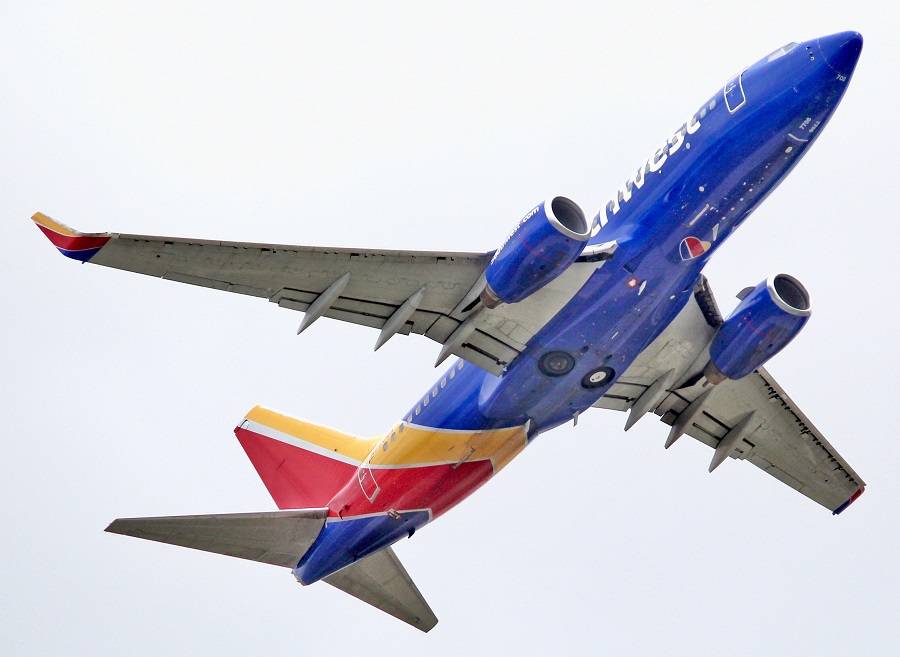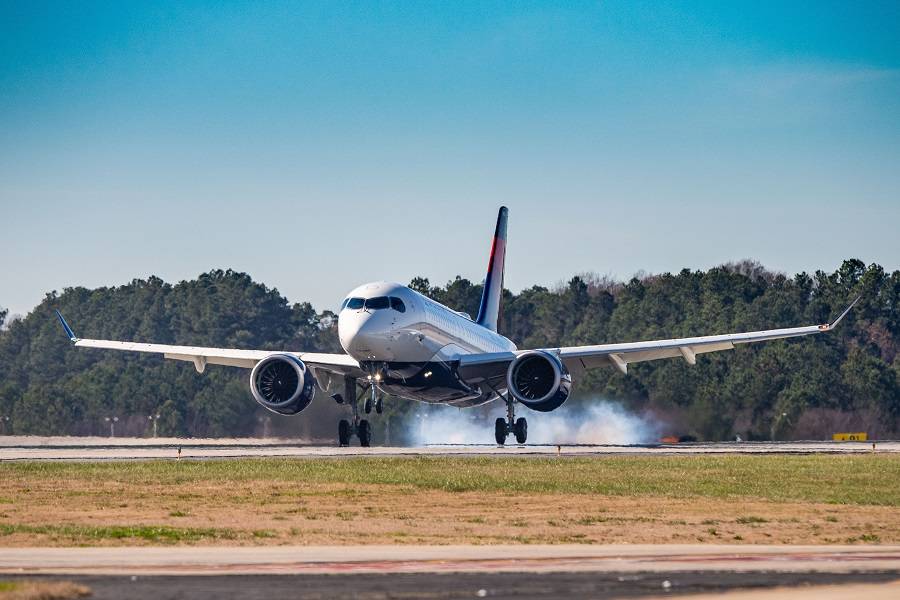We are exploring how Delta and Southwest are adopting different strategies with middle seat blocking. And why both are probably right!
A couple of weeks ago, we looked at how Delta continues blocking the middle seat in its planes. And we saw that the airline has made this into a strategic choice. Southwest, on the other hand, stopped seat blocking on December 1st. And after their latest financial results and earnings call, we can see how it worked out for them.

Once again, it’s worth pointing out that we are looking purely at the economics. This isn’t about the pros and cons of Delta or Southwest blocking the middle seat, in health terms. This is something we discussed at some length, here. All airlines are working under very difficult conditions, and this subject is an opportunity for them to do something different.
While it was blocking middle seats like Delta, Southwest was making estimates in the financial impact of the practice. They reckon that their lost revenue of $20 million in September, $30 million in October and $10 million in November. In December, with all seats available for sale, they estimated a revenue boost of $80 million.

An Apples To Apples Comparison?
Admittedly, this is more than a little misleading. November was busy for the airlines but Thanksgiving didn’t go as well as they anticipated. Airlines likely scheduled extra aircraft, that they didn’t manage to fill. December and Christmas season, on the other hand, did much better. Southwest’s decision to stop blocking the middle seat, certainly gave it an edge over Delta and others.
That point, about not filling the planes in November, is a clue here. Overall, Delta’s load factor is low enough, that they don’t yet pay a big penalty from middle seat blocking. With seats blocked, the maximum possible load factor on a 737 (or A320, that Delta has) is 66%. Evidently, Southwest were hitting this limit on many flights before December. That’s what those lost revenue numbers show. But Delta wasn’t hitting that limit.

With middle seat blocking, Delta’s load factor for the last quarter of 2020 was 42%. This doesn’t mean that some flights wouldn’t have hit the limit, around Christmas. But Delta also has bigger aircraft than Southwest, if it wants them. And they’ve announced that they would swap to bigger jets, when appropriate. Or to smaller, efficient A220s…
Delta’s Limited Middle Seat Blocking Penalty
The point is that Delta’s decision to continue blocking the middle seat, is a service-type strategy. They know that they can’t compete with Southwest, in outright price. So instead, they are turning that extra empty seat into a service amenity. Not everyone will care enough to consider this as a plus – but some will. And perhaps that is enough, especially away from holiday periods and other high-demand events.

We have also pointed out how Delta’s small fleet of A220s might help them. The 5-across layout is actually worse, having a higher penalty – 60% max load factor instead of 66%. But Delta’s brand new jets are nearly 20% more efficient than 737NGs, lessening its seat blocking burden a bit. Of course this comparison will change to Southwest’s favour from March, when they introduce the 737 MAX fleet.
In short, both Delta and Southwest employ strategies regarding middle seat blocking, that suit what they each have to offer. Southwest competes on price, so they want to maximize capacity. Delta can’t follow them on price, so they’re turning empty seats into a service. And Delta have enough of these empty seats on most flights anyway.
Let’s hope, for Delta’s, Southwest’s and everyone else’s sake, that these dilemmas don’t last for much longer.



